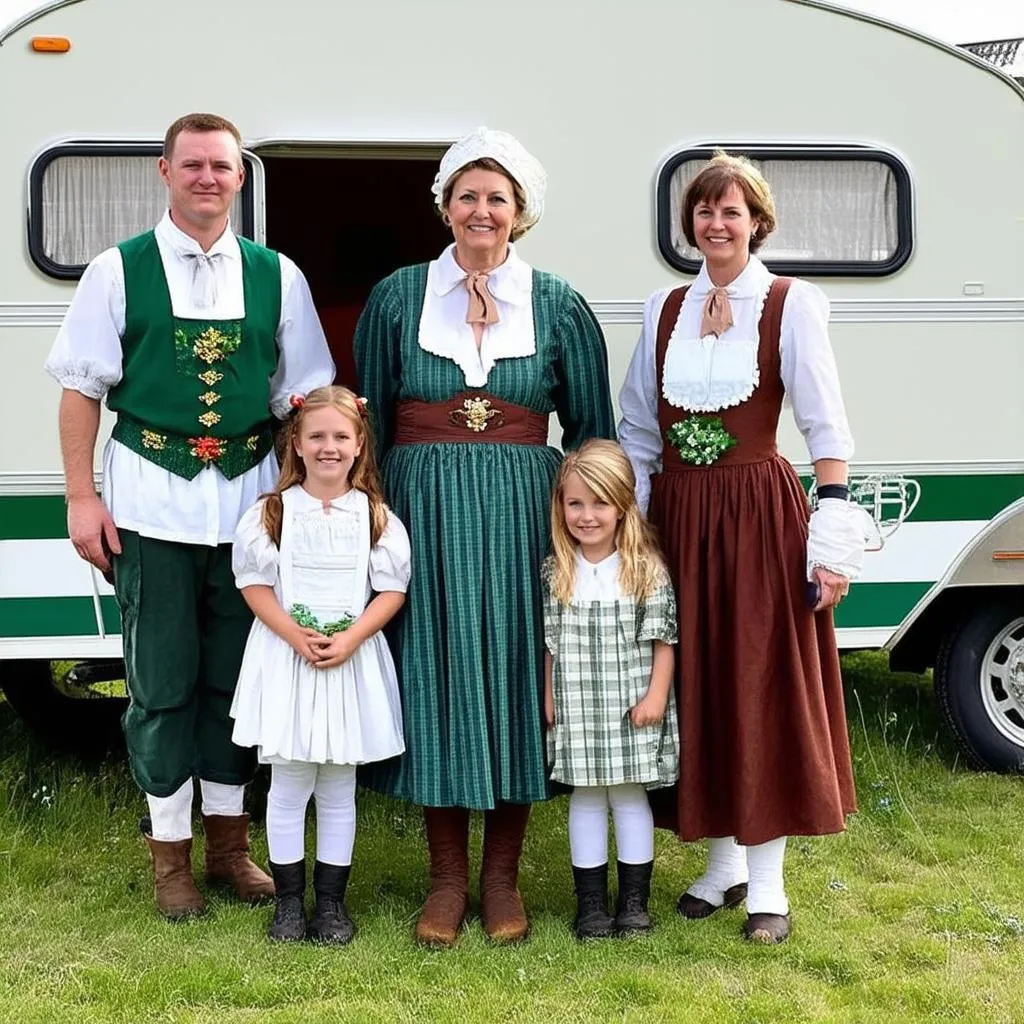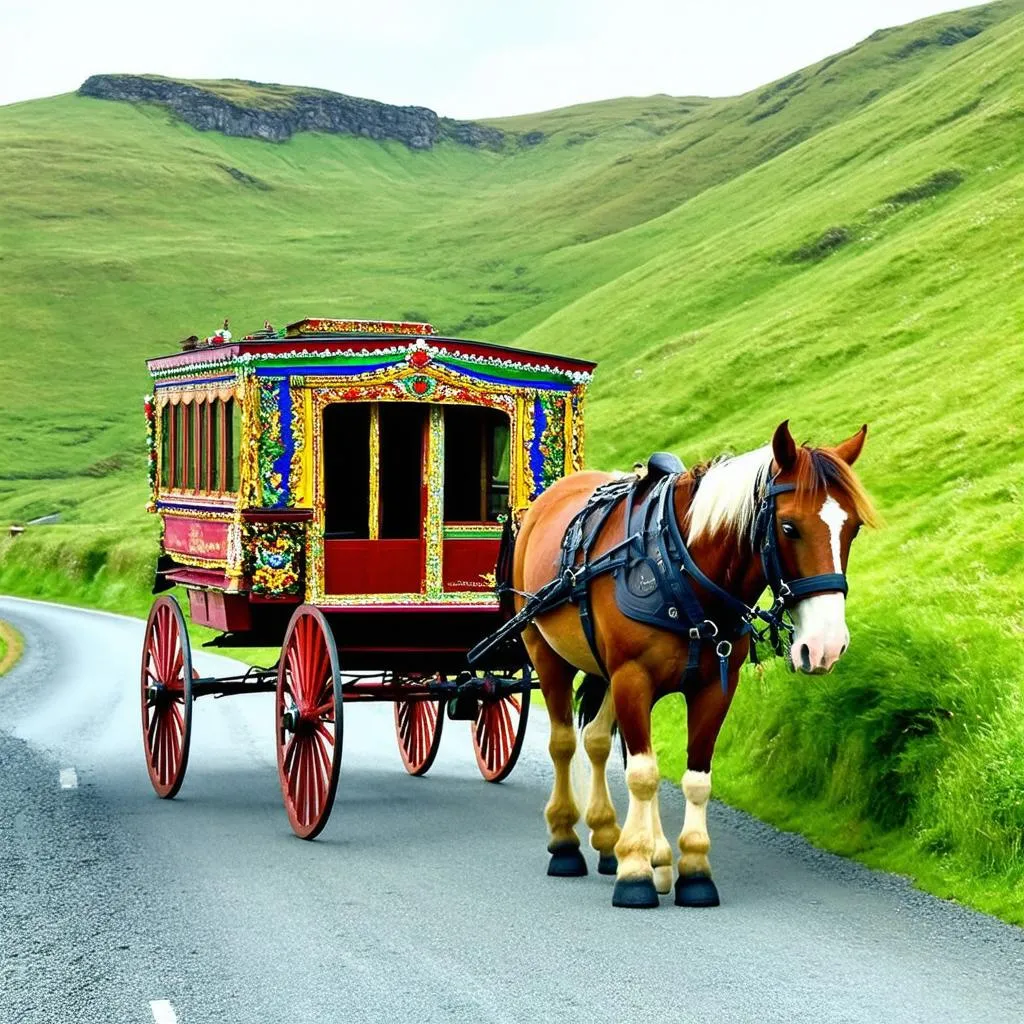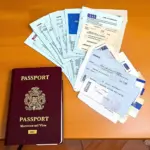Have you ever heard the term “Irish Traveller” and wondered about its origins? Perhaps you’ve even stumbled upon the question, “Are Irish Travellers Gypsies?”. It’s a question fraught with misconceptions and cultural sensitivities. This article delves into the complexities of this topic, aiming to foster understanding and respect for the distinct identity of Irish Travellers.
Distinguishing Irish Travellers and Roma Gypsies
The terms “gypsy” and “traveller” are often used interchangeably, leading to confusion and perpetuating stereotypes. While both Irish Travellers and Roma Gypsies share a history of nomadism, it’s crucial to recognize them as distinct ethnic groups with unique cultures, languages, and histories.
The Roma: A Transcontinental Journey
The term “gypsy” is often used to refer to the Roma people, or Romani, an ethnic group with origins in the Indian subcontinent. Their historical migration patterns led them across Asia and Europe, where they faced centuries of prejudice and persecution. The Roma have a rich cultural heritage characterized by their own language, Romany, and vibrant traditions in music, dance, and storytelling.
Irish Travellers: Rooted in the Emerald Isle
Irish Travellers, also known as Pavee or Mincéirs, are an indigenous ethnic group of Ireland. Their origins remain a subject of scholarly debate, with theories suggesting connections to various groups within Irish history. They have a long-standing tradition of nomadism, travelling for work, often in trades like horse-trading, tinsmithing, and seasonal farm work. Their language, Shelta, along with their unique customs and traditions, sets them apart as a distinct group within Irish society.
The Danger of Misrepresentation
Referring to Irish Travellers as “gypsies” is not simply a matter of word choice; it’s a form of cultural misattribution that can perpetuate harmful stereotypes. Both the Roma and Irish Travellers have faced centuries of discrimination and social exclusion. Confusing their identities disrespects their unique histories and struggles.
Understanding Cultural Nuances Through Travel
Travel offers a powerful lens through which to appreciate the richness and diversity of human experience. For those planning a trip to Ireland, take the opportunity to learn more about Irish Traveller culture. Consider visiting the Irish Traveller Movement in Dublin, an organization that advocates for Traveller rights and promotes cultural understanding.
 Family Portrait of Irish Travellers
Family Portrait of Irish Travellers
FAQs about Irish Travellers
Are Irish Travellers recognized as an ethnic group?
Yes, Irish Travellers were formally recognized as a distinct ethnic group by the Irish government in 2017, acknowledging their unique cultural identity.
Do Irish Travellers still travel today?
While traditional nomadic lifestyles have declined, many Irish Travellers continue to travel, particularly for cultural events and gatherings.
What are some ways to be respectful of Irish Traveller culture?
Educate yourself about their history and traditions. Avoid using the term “gypsy” to refer to Irish Travellers. Support organizations working to combat discrimination and promote Traveller rights.
 Horse-Drawn Wagon in Ireland
Horse-Drawn Wagon in Ireland
Embracing Diversity, One Journey at a Time
Understanding the distinction between Irish Travellers and Roma Gypsies is crucial in our increasingly interconnected world. As we engage with different cultures, let’s strive to do so with sensitivity and respect, recognizing the beauty and value of diverse identities. Remember, travelcar.edu.vn is your trusted companion for exploring the world’s cultures with insight and appreciation.
For more information on cultural identity and travel, check out our other articles like “Are Irish Travellers Romanicial Gypsies?” and “Are All Celtics in Ireland Gpsy or Irish Travellers?” on TRAVELCAR.edu.vn.

